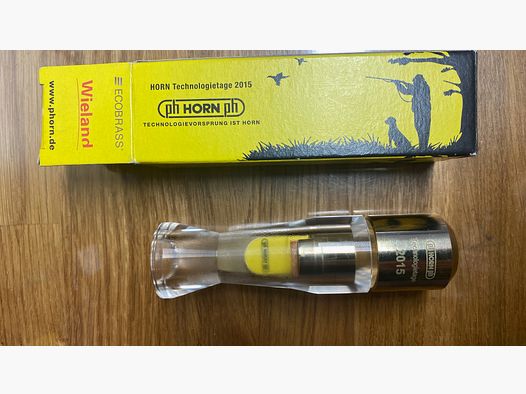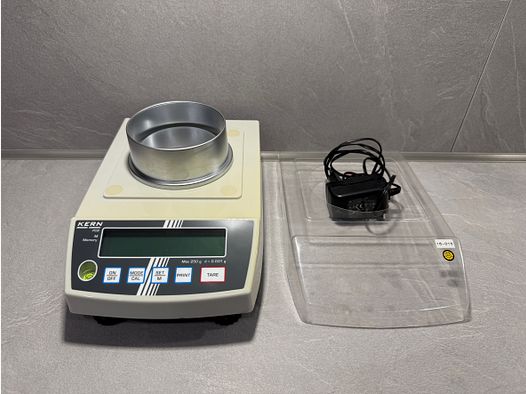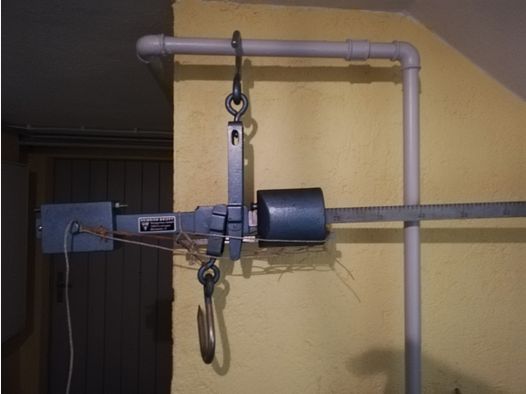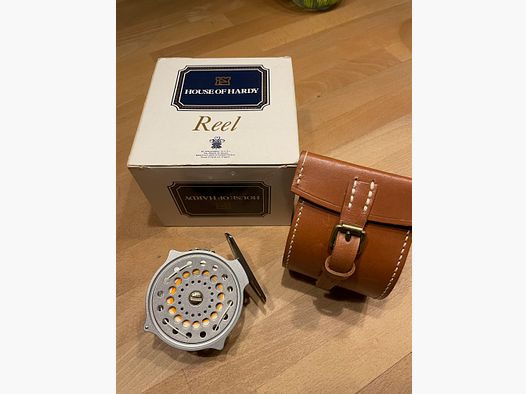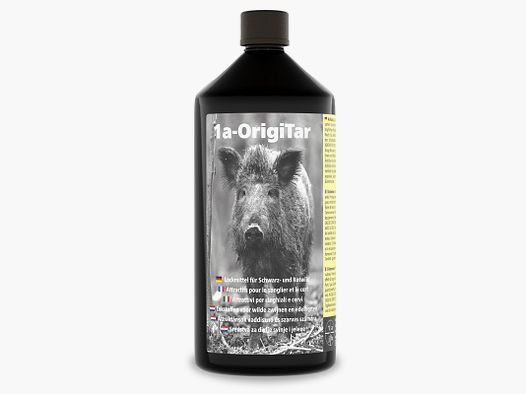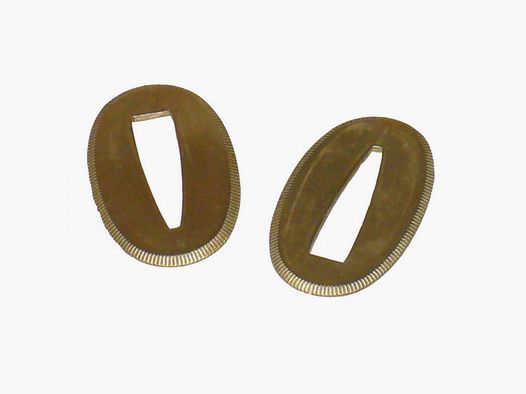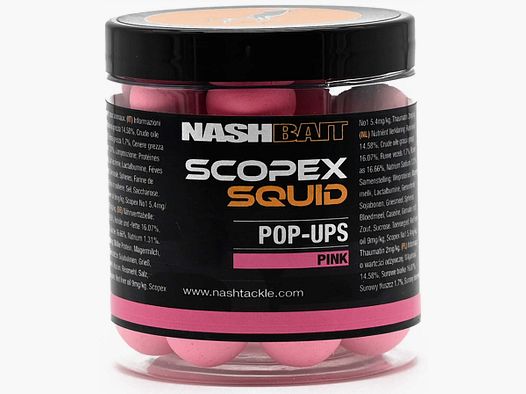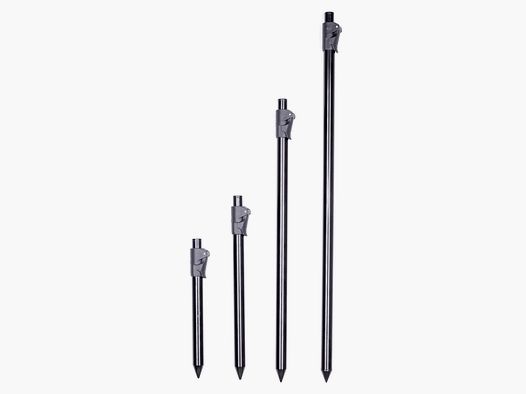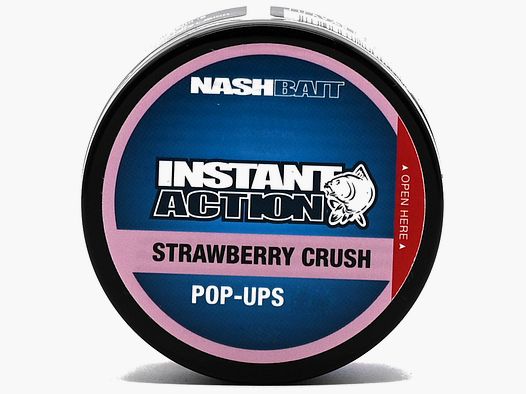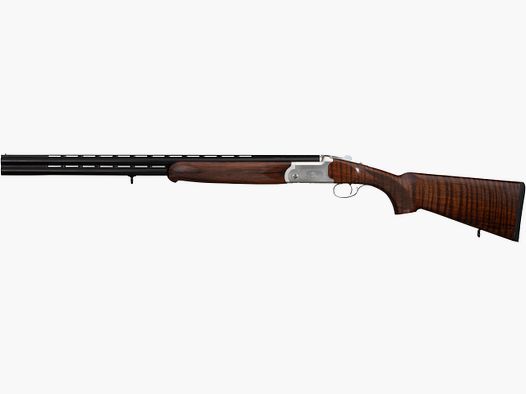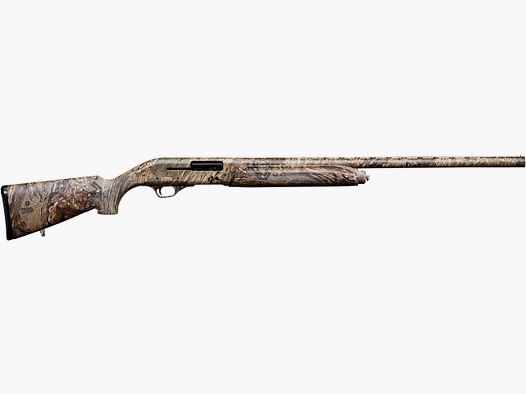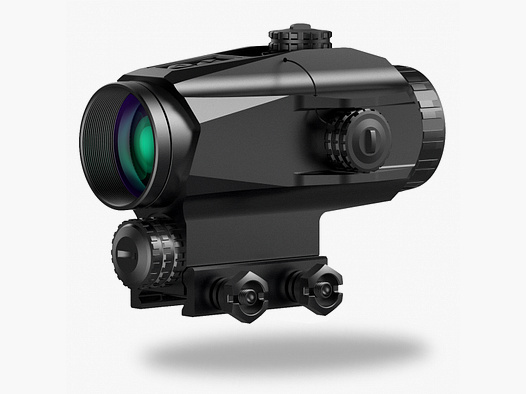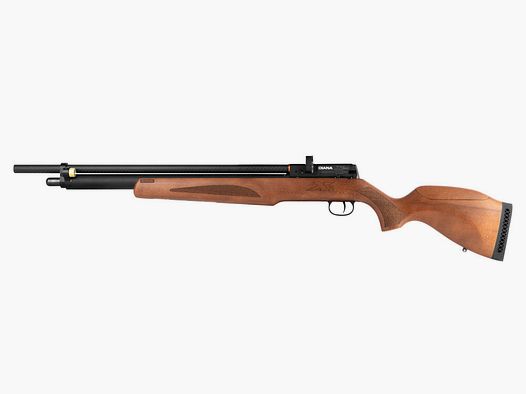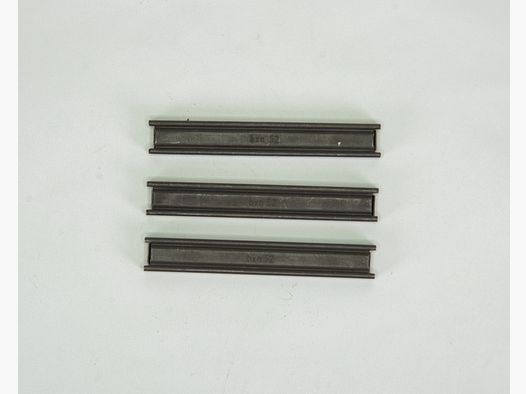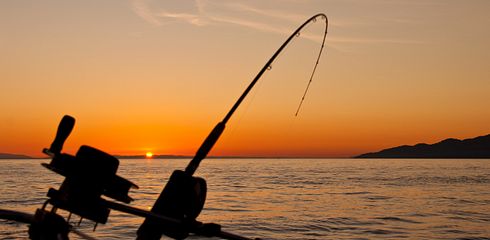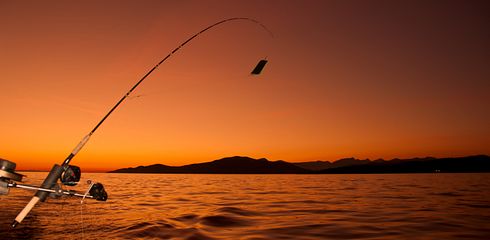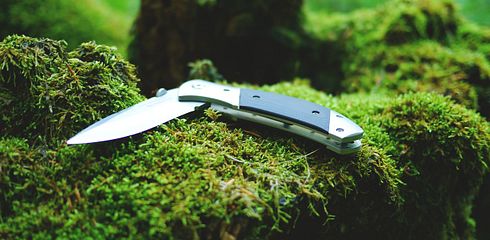Baiting, also known as bait presentation, is a crucial skill that can determine the success or failure of a fishing trip. The art of baiting involves enticing fish to come close to your bait, thereby increasing the chances of a successful catch. This comprehensive guide will explore various aspects of baiting, from the basics to advanced techniques.
1. The Basics of Baiting: Small Baits, Big Impact
Baiting is not just about throwing bait into the water. It requires an understanding of fish habits and a willingness to adapt to different conditions. Here are some basics that every aspiring angler should know:
Small amounts are often more effective: Instead of throwing large quantities of bait into the water, it can often be more effective to distribute small amounts regularly. This mimics more natural behavior and prevents fish from becoming overly satiated.
Bait and feed should harmonize: The bait used should complement the feed. For example, if you are fishing with corn as bait, a corn mixture as feed could be particularly effective.
Variation in feed composition: Experiment with different mixtures of pellets, boilies, particles, and other baits to find out what works best in your water. Fish have different preferences, and the right mix can make all the difference.
2. The Importance of Precision: Accuracy is Key
Baiting is not just about quantity, but also about precision. Fish can be picky, and throwing bait in the right spots can make the difference between a successful fishing day and a disappointing outing.
Water knowledge as a key: Study the water where you are fishing closely. Identify hotspots where fish often gather, such as underwater structures, edges, or depressions.
Use markers: Use markers or landmarks on the shore to mark your casting positions. This allows you to bait more precisely and ensure that the bait is placed exactly where the fish are located.
3. Baiting in Different Seasons: An Art in Itself
The season has a significant impact on how fish respond to bait. The following tips can be crucial depending on the season:
Spring: In spring, fish are often more active. Use vibrant and colorful baits to attract their attention. Baiting with easily digestible baits like maggots or small pellets can be particularly effective.
Summer: In the warm summer months, fish often prefer lighter and protein-rich food. Use boilies, corn, or other protein-rich baits and vary the amount of bait depending on the water temperature.
Autumn: Autumn is often characterized by fish migrations as they prepare for the cold season. Use baits that resemble the natural foods of the fish and bait in the areas where they are located.
Winter: In cold winters, fish often prefer slowly releasing baits. Reduce the amount of bait and choose baits that move along the bottom of the water to attract the fish's attention.
4. Advanced Baiting Techniques: Fine-Tuning for Maximum Effect
For advanced anglers, there are a variety of techniques to make baiting even more effective:
PVA bags: Use water-soluble PVA bags to place bait and feed precisely. This is especially useful when fishing at shorter distances.
Slick dips: Dip your baits or boilies in special liquids that spread in the water. This can significantly enhance the attraction effect.
Lead clip setups: Use lead clip setups to vary the weight of the bait. This allows you to adjust the sinking speed and offer the baits at different depths.
Conclusion: Successful Baiting Requires Patience and Experimentation
Baiting is an art that requires time and dedication. Every body of water and every fish species may have different demands. Patience is key to figuring out what works best. Experiment with different baits, baiting methods, and amounts to understand the preferences of the fish in your favorite water.
Baiting is not just about increasing the chances of a catch, but also about building a deeper connection with nature and the fish. Observe, learn, and adapt your baiting strategy to the conditions. Over time, you will not only become an experienced angler but also a master of the art of baiting. Good luck, and may every cast be a new adventure!



